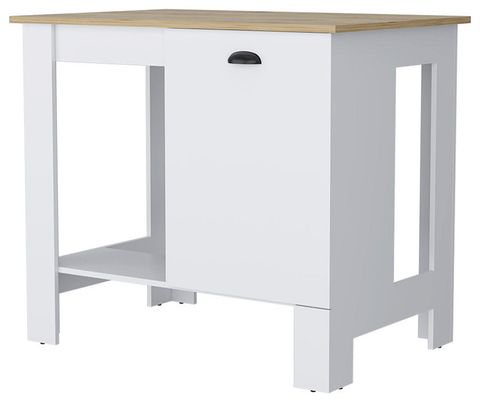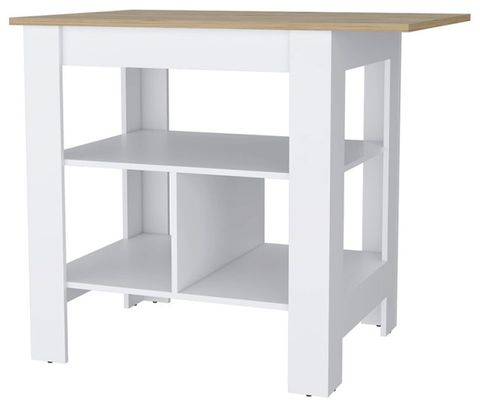Hello, fellow explorers of a better future. I’m thrilled to share with you my passion and expertise on a topic that’s close to my heart: sustainable living. It’s not just a trendy buzzword; it’s a fundamental shift in how we interact with our planet and each other. We’re talking about a lifestyle that considers the long-term effects of our choices, aiming to reduce our environmental footprint and improve the well-being of both current and future generations. This isn’t about perfection; it’s about progress. It’s about taking small, meaningful steps, and building a more resilient and vibrant world.
Sustainable living, at its heart, is about meeting the needs of the present without jeopardizing the ability of future generations to meet their own needs. This encompasses a wide range of areas, from how we source our food and energy to how we manage waste and protect our natural resources. It’s a holistic approach, a way of life that incorporates environmental awareness, social responsibility, and economic viability. Think about it like this: we are borrowing this planet from our children, so we need to make sure we leave it better than we found it. This guide will break down the core principles and offer practical tips to make sustainable living accessible to everyone.
Conscious Consumption: Buying Better, Not More
One of the most impactful ways to live sustainably is to rethink our consumption habits. This means being mindful of what we buy, where it comes from, and how it impacts the environment.
- Ask yourself: Do I really need this? Often, we buy things out of habit or because of clever marketing. Before making a purchase, take a moment to consider if it aligns with your values and needs.
- Choose sustainable products: Look for items made from recycled materials, renewable resources, or those with certifications like the Forest Stewardship Council (FSC) for paper products or the Global Organic Textile Standard (GOTS) for clothing.
- Support ethical brands: Research companies that prioritize fair labor practices, environmental stewardship, and transparency in their supply chains.
- Embrace the ‘reduce, reuse, recycle’ mantra: Reduce your consumption by buying less. Reuse items whenever possible, like using reusable shopping bags and water bottles. And, of course, recycle everything you can.
Energy Efficiency: Powering a Greener Future
Our reliance on fossil fuels is a major contributor to climate change. Fortunately, there are many ways to reduce your energy consumption and transition to cleaner energy sources.
- Conserve energy at home: Unplug electronics when not in use, switch to energy-efficient light bulbs (like LEDs), and use appliances only when you need them.
- Consider renewable energy: If possible, explore options like solar panels to generate your own electricity. Even if you can’t install solar, you can often switch to a renewable energy plan offered by your utility company.
- Insulate your home: Proper insulation helps to keep your home warm in the winter and cool in the summer, reducing your need for heating and cooling.
- Embrace public transport, cycling, and walking: Whenever possible, choose these options over driving a car. If you must drive, consider a fuel-efficient vehicle or carpooling.
Food Choices: Eating for the Planet (and Your Health)
The food we eat has a significant impact on the environment. From agriculture to transportation, our food system consumes vast amounts of resources and produces greenhouse gas emissions.
- Eat less meat: Meat production, especially beef, is a significant contributor to greenhouse gas emissions. Consider reducing your meat consumption or adopting a plant-based diet.
- Buy local and seasonal produce: This reduces transportation emissions and supports local farmers.
- Reduce food waste: Plan your meals, store food properly, and compost food scraps. Food waste is a major contributor to landfill waste and methane emissions.
- Grow your own food: Even a small herb garden or a few vegetable plants can make a difference. It connects you to your food source and reduces your reliance on grocery stores.
Waste Reduction: Minimizing Our Footprint
Our consumption habits create a lot of waste. By reducing, reusing, and recycling, we can divert waste from landfills and conserve resources.
- Refuse single-use plastics: Say no to plastic bags, straws, and disposable water bottles. Carry a reusable water bottle, shopping bags, and coffee cup.
- Compost organic waste: Food scraps, yard waste, and other organic materials can be composted to create nutrient-rich soil.
- Recycle properly: Know your local recycling guidelines. Rinse containers, separate materials, and avoid putting non-recyclable items in the recycling bin.
- Repair and repurpose items: Before throwing something away, see if it can be repaired or repurposed. This extends the life of products and reduces waste.
Water Conservation: Protecting a Precious Resource
Water is essential for life, yet we often take it for granted. Water conservation is crucial for protecting our water resources and ensuring a sustainable future.
- Conserve water at home: Take shorter showers, fix leaky faucets, and install water-efficient fixtures like low-flow showerheads and toilets.
- Water your lawn efficiently: Water your lawn during the cooler parts of the day to reduce evaporation. Consider using drought-tolerant landscaping.
- Collect rainwater: Use rain barrels to collect rainwater for watering your garden.
- Be mindful of water usage: Avoid water-intensive activities when possible, and be aware of your water footprint.
Advocacy and Community: Spreading the Word
Sustainable living isn’t just about individual actions; it’s about creating a movement. By advocating for change and connecting with others, we can amplify our impact.
- Educate yourself and others: Learn about environmental issues and share your knowledge with friends, family, and your community.
- Support environmental organizations: Donate to or volunteer with organizations that are working to protect the environment.
- Advocate for policy changes: Contact your elected officials and urge them to support policies that promote sustainability.
- Connect with like-minded people: Join local environmental groups, attend workshops, and share your experiences with others. Together, we can make a bigger difference.
Sustainable living is not about being perfect; it’s about making conscious choices and striving for continuous improvement. It’s a journey that requires effort, but it’s also incredibly rewarding. By embracing these principles, you can reduce your environmental impact, improve your health, and contribute to a more just and equitable world. Remember, every small step counts, and every action, no matter how tiny, adds up. Start today, be patient with yourself, and enjoy the process. The future of our planet depends on it, and the future is worth fighting for. Let’s build a better world, together.

























